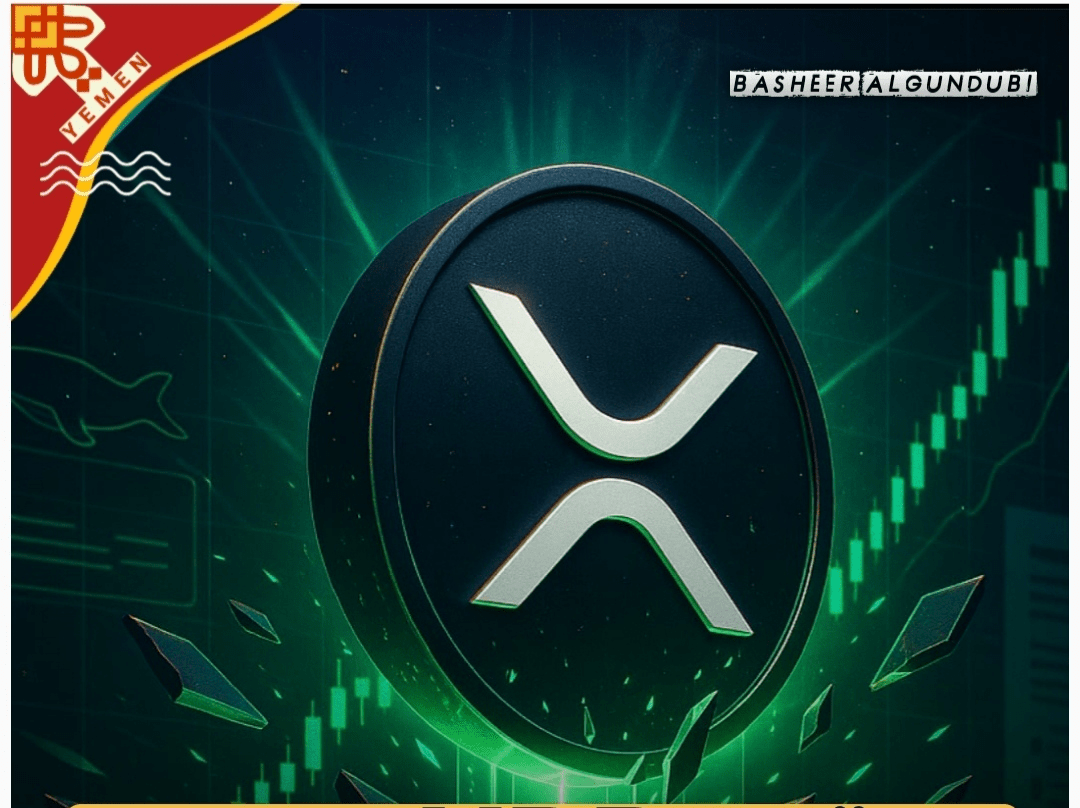 Ripple's founders and early insiders launched the ledger $XRP in June 2012, and lost all its data by New Year's Eve.
Ripple's founders and early insiders launched the ledger $XRP in June 2012, and lost all its data by New Year's Eve.
In 2012, Ripple used the term "ledger" instead of "block" to describe a bundle of transactions with an encrypted head. In the language of that period, to transfer Ripple coins (coins $XRP ) across the Ripple network, validators verified the ledger head using the Ripple Transaction Protocol (RTXP) and reached a consensus on the validity of that bundle of transactions through the Ripple Consensus Protocol.
Unfortunately, Ripple network operators lost 32,569 ledger heads, apparently due to a "technical glitch that caused ledger heads not to be saved correctly. All servers that were operational at that time experienced the same glitch," according to Ripple founder, Joel Katz.
Early insiders decided to describe the New Year's Eve erasure incident as an unfortunate event, acknowledging their failure and downplaying its significance.
The first fully verifiable ledger is 32,570 on January 1, 2013. The founders renamed it the Genesis ledger.
Without the chain of heads linking each record to the previous record, the public cannot reconstruct the data during 534 transactions. Although the hidden transactions are immutable, no developer can recover their actual content.
As with other blockchains, Consensus Protocol $XRP
on hashing each previous record to validate subsequent records.
As a result, all users of the XRP ledger today must trust the statements of the people who operated the network #Ripple in 2012. Of course, the most significant transactions during those seven months are the largest in the network's history: the pre-mining of XRP.
In 2012, XRP founders pre-mined 100 billion coins in fiat currency, not through mining. They allocated 80% of it to Ripple companies that would continue development, and kept 20% for themselves.
Transactions from those early ledgers appear periodically, including a transaction made by founder Chris Larsen last week, dating back to 2012.
The 32,569 missing records from the XRP ledgers were not recovered.
The ledger 32,570 is the oldest of the XRP ledgers, as its record remains completely intact, and this snapshot includes account balances, but does not include their contents and dates.
Ripple engineers made some recovery attempts in 2013 using backups, but they were unable to reassemble ledgers that precisely matched the cryptographic evidence after 32,569.
Interestingly, the data loss issue of 2012 resurfaced this year after the automatic halting of the XRP ledger on February 5, 2025. The network stopped processing transactions for 64 minutes at ledger 93,927,173. A 20% discrepancy among validators triggered the double spending prevention mechanism.
So far, 33 validators control the XRP ledger in the unique node list proposed by the XRPL Foundation. In comparison, the Bitcoin network has over 23,000 full nodes connected to the internet.
Some observers defended the loss of the XRP ledger data in 2012, blaming founders of other blockchains for making similar mistakes to those that happened with Ripple. Schwartz once admitted that the team considered wiping and resetting the accounts entirely in 2013, but ultimately declined. #CryptoScamSurge #AmericaAIActionPlan #BTRPreTGE #CryptoClarityAct